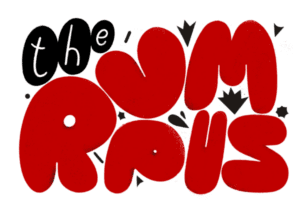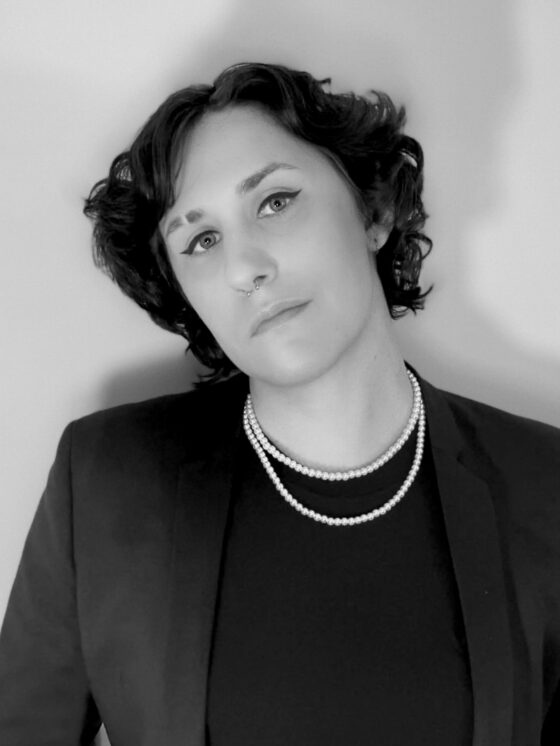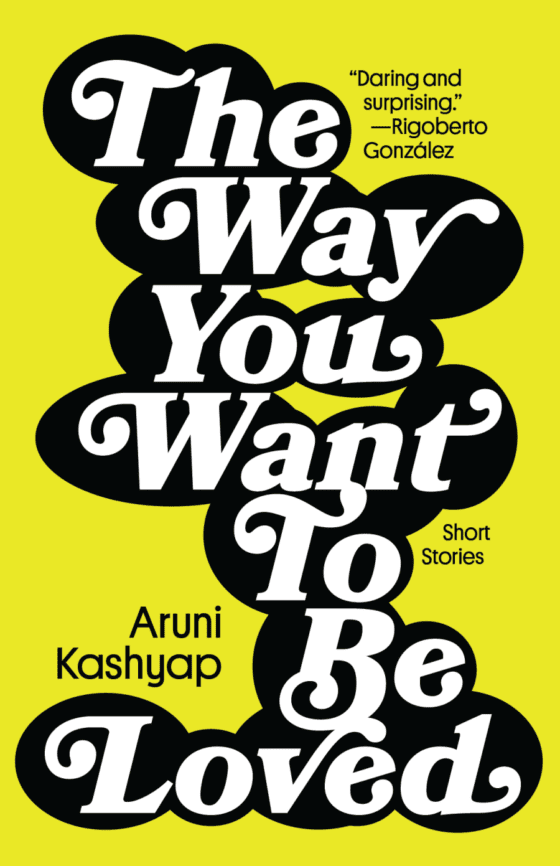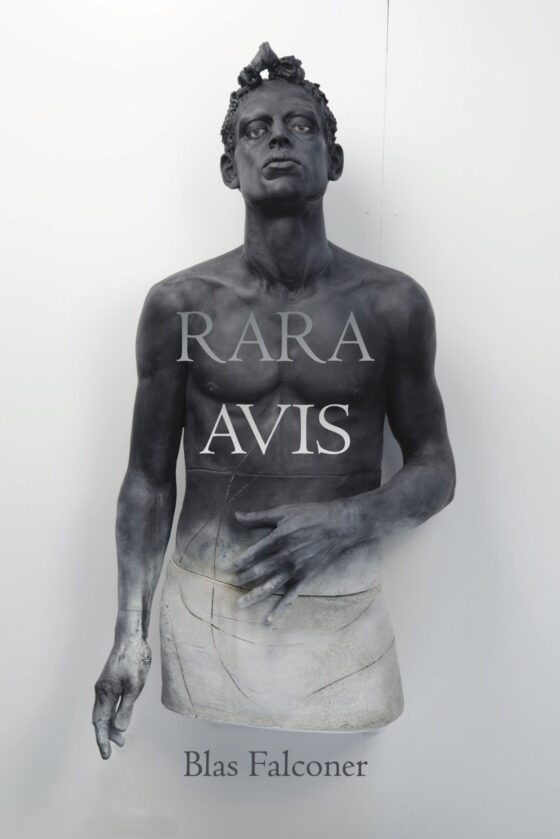
These paintings come mostly from two books: Qajar Paintings (1972) and Qajar Portraits (1999) (the latter going for an obscene $500 on Amazon at the moment):

‘The Shirin Painter,’ A girl acrobat balancing on a knife, c. 1840

Probably by Mahammad Hasan, period of Fath ‘Ali Shah, A mother and child with parrot

Probably by Mahammad Hasan, period of Fath ‘Ali Shah, A mother and child with parrot
(detail of terrifying parrot and henna-dipped hands)

Muhammad Sadiq, late 18th cent., A prince on horseback attacked by a dragon

Mihr Ali, Fath ‘Ali Shah, seated on a jeweled carpet, c. 1800-1805

Mihr Ali, Fath Ali Shah, Qajar Painting, 1813-14
above and below images come from wikimedia

Mihr Ali, Qajar Painting, 1813-14

Abu Turab, portrait of Mirza Yusuf Ashtiyani, c. 1880-85

Anonymous, from the Shahinshahnameh, 1810

Anonymous, from the Shahinshahnameh, 1810
(detail of freaky camels)

Abu’l Hasan, portrait of ‘Imad al-Dawleh, c. 1860

Baqir, portrait miniature of Fath ‘Ali Shah, early 19th cent

Muhammad Hasan Afshar, portrait of Nasir al-Din Shah, with cherubs, 1854-55

Muhammad ‘Ali, portrait miniature of Muhammad Shah, c. 1845

Abu’l Hasan, portrait miniature of Nasir al-Din Shah, circa 1855

Unknown (again the Shirin painter?), A girl standing on her hands
Read about Qajar art on wikipedia.
From a Sotheby’s auction: “Court painting in Qajar Persia gave particular importance to the representation of women. From the mid-seventeenth century onwards, royal artists were attracted by European depictions of female subjects, borrowing certain poses, imagery and stylistic techniques into their own work.”
Women were often the focal point of the Shirin Painter, and I can’t wait to dig up more of his acrobats. Qajar Paintings contains a group of these, but not in color (hence that last scan).




